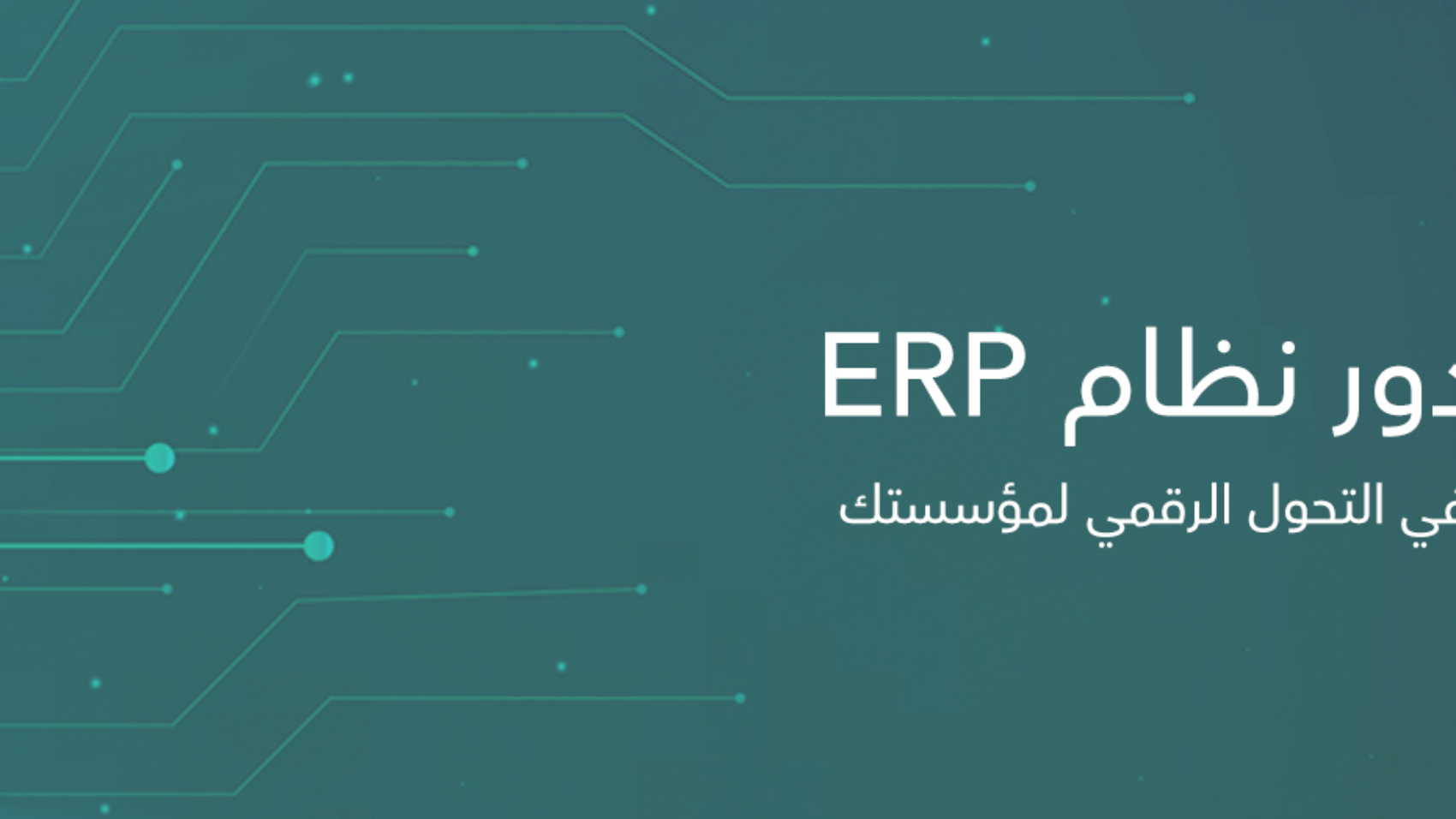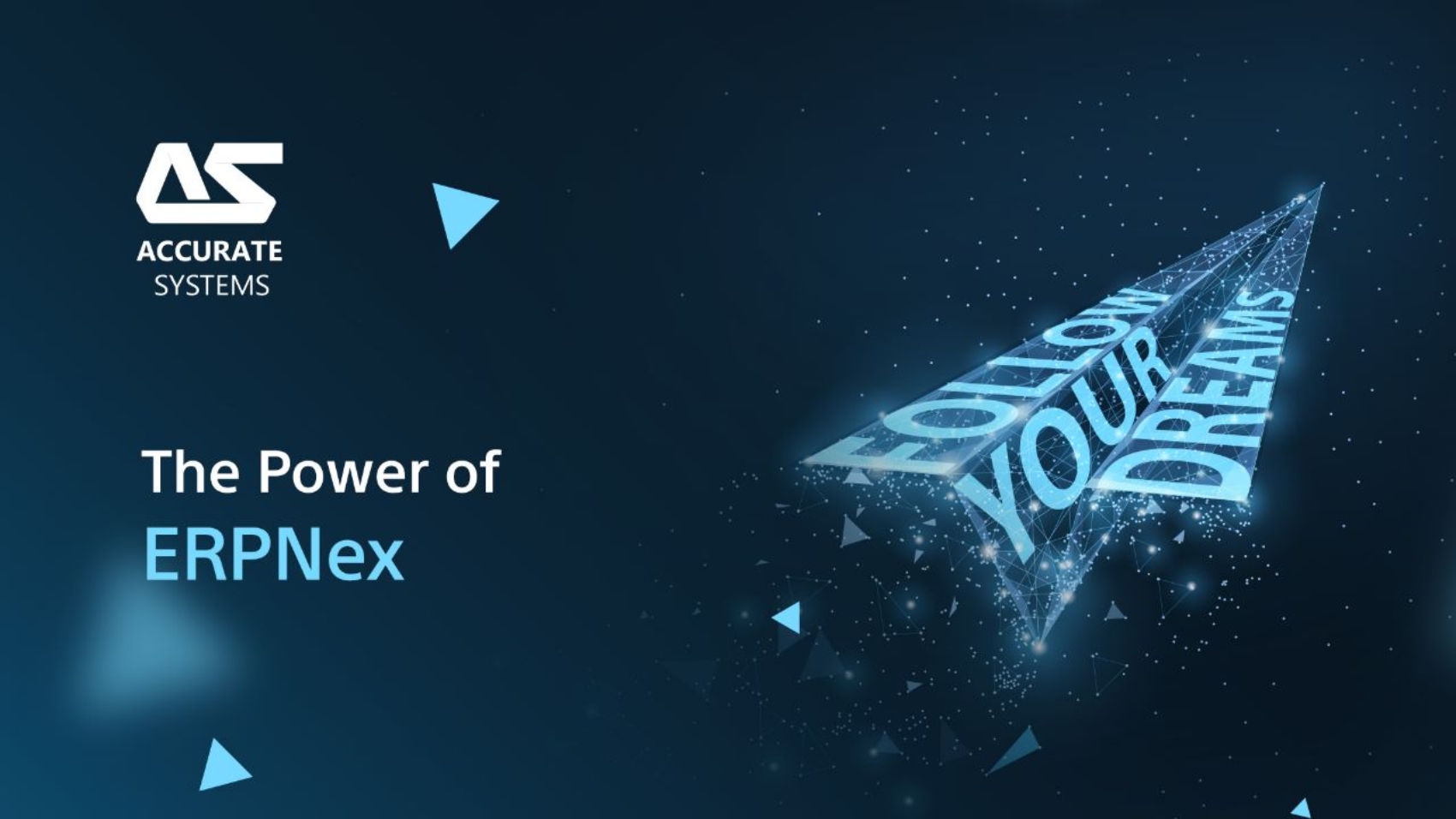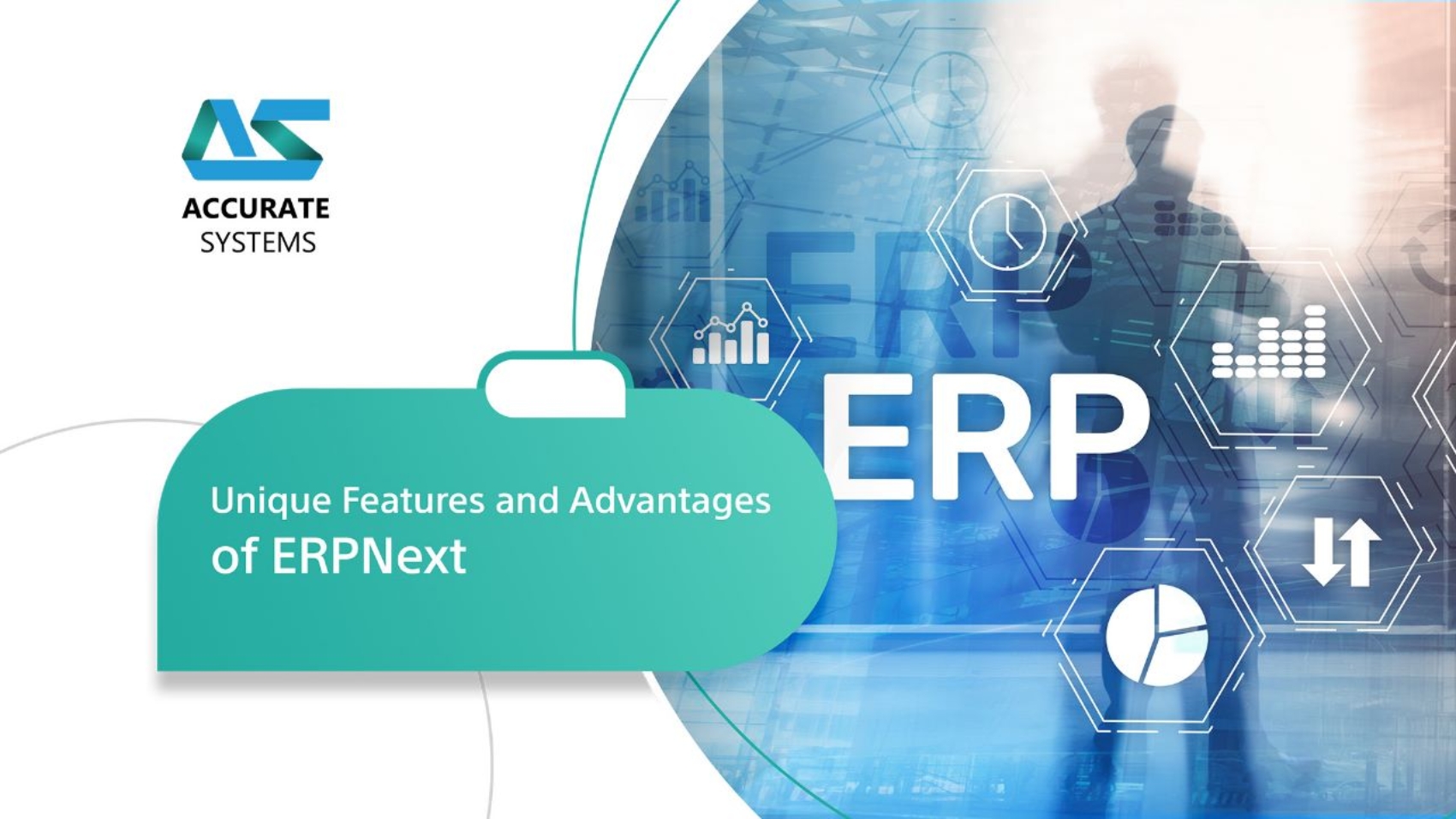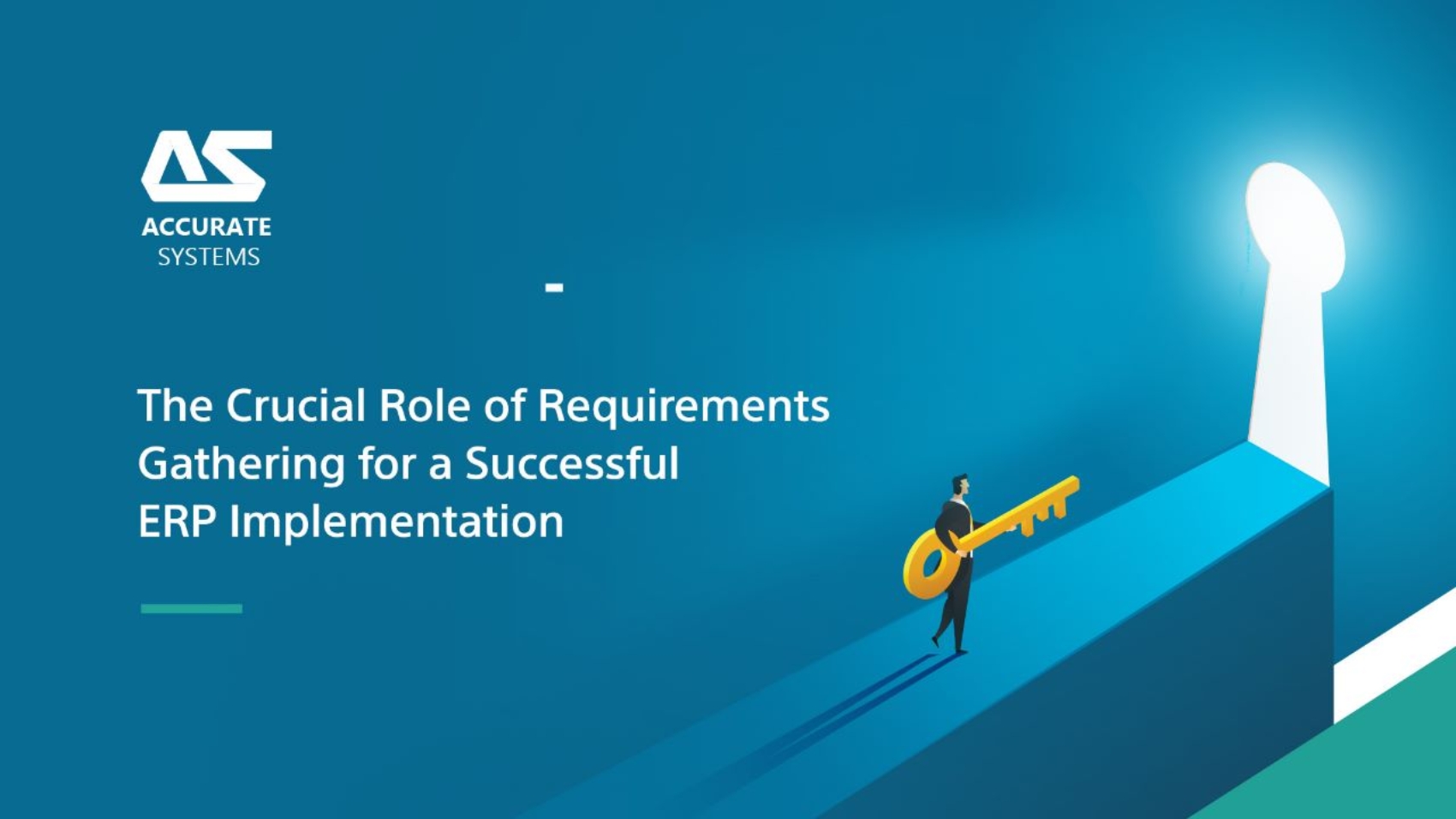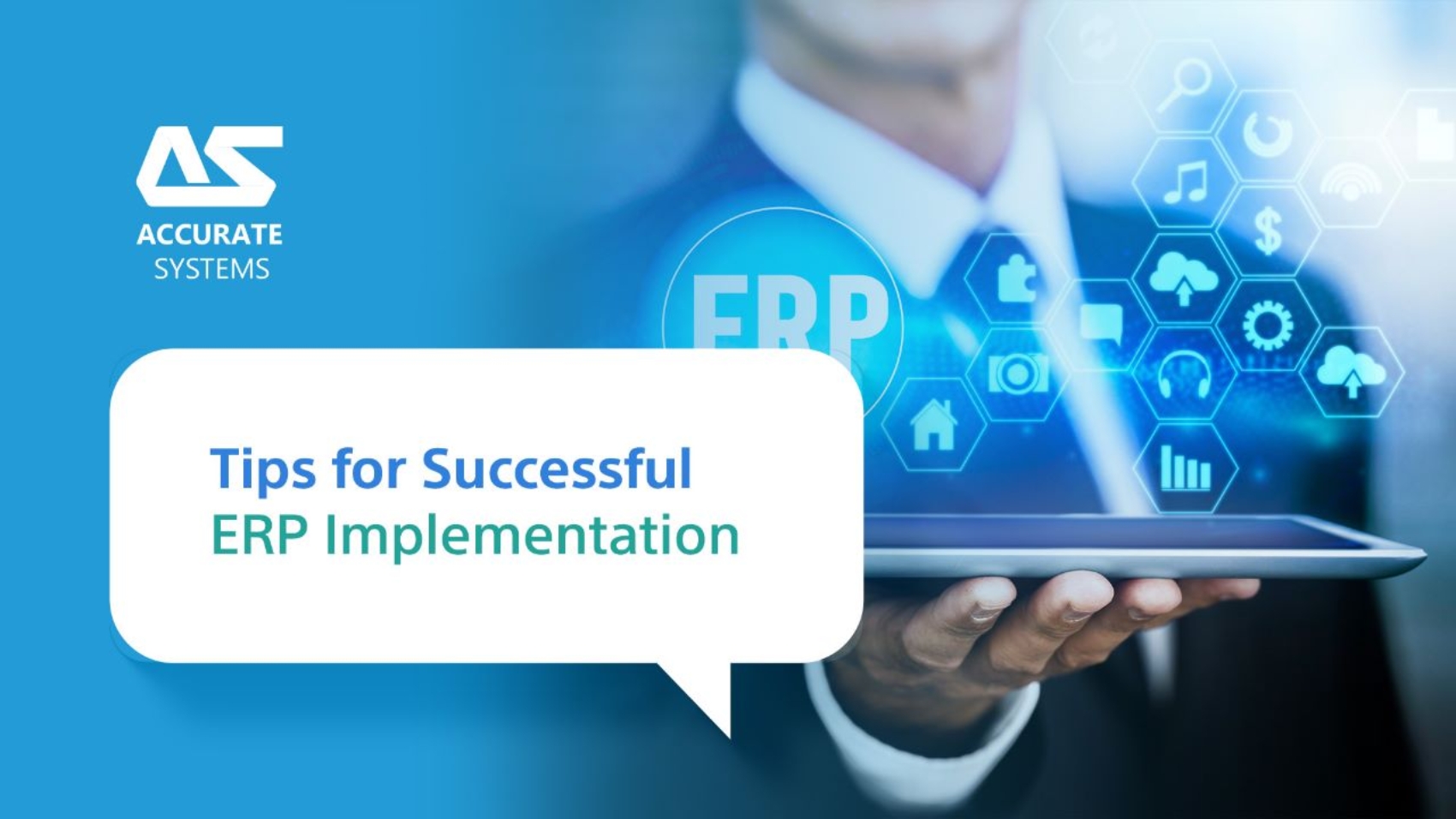مع بدء جائحة كورونا عام 2020 والاغلاق الكبير الذي شمل جميع أنحاء العالم، تحول الانتباه إلى الخدمات الالكترونية سهلة الشراء، والتي لا تحتاج الى اتصال مباشر مع شخص آخر لإتمامها، فكل شيء يتم من خلال شاشة الحاسوب أو الهاتف، وكانت التجارة الالكترونية من أكبر المستفيدين من هذا التغير المفاجئ في طلبات السوق.
حيث بلغت مبيعات تجارة التجزئة الالكترونية 3.8 تريليون دولار في عام 2019 بحسب تقديرات الأمم المتحدة، ثم شهدت تضخما كبيرا حتى 6.8 تريليون دولار بحلول اواخر عام 2020، وأصبحت المملكة العربية السعودية اليوم أحد أهم الدول في المنطقة التي تحقق نموا سريعا فيما يتعلق بالتجارة الإلكترونية.
كما أن التجارة الإلكترونية والمعاملات الإلكترونية عموما لها دور كبير في تحسين الظروف العامة في المجتمع وزيادة فاعلية المجتمع وإنتاجيته، فبدل أن يتردد الشخص أكثر من مرة على محال البيع بالتجزئة لاختيار أغراضه أو تبديلها أو إرجاعها تأتي أهمية التجارة الإلكترونية في تسهيل هذه العملية وتوفير الوقت والجهد وزيادة الفاعلية.
تساعد التقنيات الحديثة بما في ذلك الروبوتات المتقدمة والواقع المعزز والطائرات بدون طيار الشركات على الحفاظ على قدرتها التنافسية وتلبية احتياجات العملاء وتقليل التكاليف التشغيلية. تابع القراءة لمعرفة كيفية عمل الخدمات اللوجستية في مشهد التجارة الإلكترونية الحديث.
لكن: ما هي الخدمات اللوجستية؟
بشكل عام، تتضمن الخدمات اللوجستية إدارة المنتجات أو الموارد الموجودة في التخزين أو النقل، عند تطبيقها على التجارة الإلكترونية، فإن العملية تمكن الشركات من شحن الطلبات للعملاء.
إذا كنت تدير موقعًا للتجارة الإلكترونية، فسوف تصادفك مصطلح إدارة الخدمات اللوجستية، بصفتك بائع تجزئة، يتمثل دورك في إدارة الخدمات اللوجستية في تحديد شركات الشحن والتوزيع المحتملة وتقييم فعاليتها.
ومن هنا تأتي أيضا أهمية تطوير منظومة الخدمات اللوجستية للتجارة الإلكترونية بشكل عام، وأهم هذه الخدمات هي خدمة الدفع وخدمة التوصيل وخدمات التخزين، هذه الخدمات الرئيسية من المهم أن تكون على مستوى عال لنجاح التجارة الإلكترونية، حيث إن مستوى الخدمات التقنية وتنوع طرق الدفع الآمن تزيد من سهولة عمليات البيع والشراء وإتمامها بأيسر الطرق على الزبائن، إذ إنه من المهم أن يكون للمستفيد أكثر من طريقة في عملية الدفع لضمان تغطية جميع حسابات أفراد المجتمع بمختلف محفظاتهم وحساباتهم البنكية، ولعل العنصر الأهم في هذه العملية الذي يتحمل العبء الأكبر في نجاح التجارة الإلكترونية هو مسألة التوصيل.
الآن أكثر من أي وقت مضى، يتعين على شركات البيع بالتجزئة الاستثمار في مراكز التوزيع والمستودعات لمواكبة الطلب المتزايد من قنوات التجارة الإلكترونية الحديثة، سيساعد هذا الاستثمار أيضًا في تسريع تصميم وتطوير وتنفيذ العمليات اللوجستية وسلسلة التوريد.
التحديات التي تواجه لوجستيات التجارة الإلكترونية:
بينما تثبت الخدمات اللوجستية أنها مفيدة بشكل كبير للعاملين في التجارة الإلكترونية، فإنها تواجه تحديات مختلفة، من الجيد حماية عملائك الموثوق بهم والبقاء على صلة بمجال عملك عندما تظهر هذه التحديات، تشمل المشكلات التي قد يواجهها متجرك عبر الإنترنت فيما يتعلق بالخدمات اللوجستية للتجارة الإلكترونية ما يلي:
- مقدمو الخدمات اللوجستية غير الموثوق بهم.
- أخطاء فنية ناجمة عن إدارة المخزون أو برنامج تتبع الشحنات
- تكاليف الشحن
- طلبات التسليم في نفس اليوم
قد تؤثر لوجستيات التجارة الإلكترونية على الموارد المالية لشركتك إذا لم يتم القيام بها بشكل صحيح، إذا كنت تخطط لأخذ الجانب اللوجستي لأعمال التجارة الإلكترونية الخاصة بك إلى مستوى أعلى، فإليك بعض الأشياء التي يجب وضعها في الاعتبار:
-
الرؤية
من المهم الحفاظ على الرؤية مع نمو المتطلبات اللوجستية لمتجرك عبر الإنترنت، تفكر معظم منصات التجارة الإلكترونية التي تشهد نموًا مفاجئًا في توسيع قدرتها اللوجستية للتعامل مع الزيادة في المنتجات أو الطلبات الجديدة،
إذا نمت أعمالك، فقم بتوسيع عملياتك لاستخدام العديد من الشاحنين والمستودعات.
-
تخطيط الطلب
يقوم تجار التجزئة الناجحون عبر الإنترنت بعمل تنبؤات بالمخزون بناءً على البيانات المتوفرة لديهم، باستخدام هذه البيانات وبعض الأساليب، يسهل عليهم تحديد مقدار المخزون الذي تحتاجه متاجرهم.
-
حوافز الشحن المجاني
يتمتع المتسوقون عبر الإنترنت بتفضيل أعلى للشحن المجاني غير المشروط عندما يتعلق الأمر باتخاذ قرارات الشراء. أكثر من 100 مليون مشترك في Amazon Prime مخلصون للشركة بسبب حافز الشحن المجاني.
قد يكون دمج الشحن المجاني في خدماتك مربحًا على المدى الطويل. تفاوض مع الشاحن الخاص بك حول كيفية تسهيل الشحن المجاني لتحقيق المزيد من الإيرادات لعملك.
-
التخزين اللامركزي
باستخدام هذه الإستراتيجية، ستنقل المنتجات بالقرب من عملائك لتقليل تكاليف الشحن وأوقات التسليم.
يعد فهم التحديات التي تواجه قطاع الخدمات اللوجستية للتجارة الإلكترونية وكيفية حلها أمرًا بالغ الأهمية إذا كنت ترغب في النجاح في عالم التجارة الإلكترونية، سيكون من المفيد أيضًا دمج بعض الاستراتيجيات التي تمت مناقشتها هنا لضمان سير العمليات اللوجستية لنشاطك التجاري عبر الإنترنت بسلاسة.




